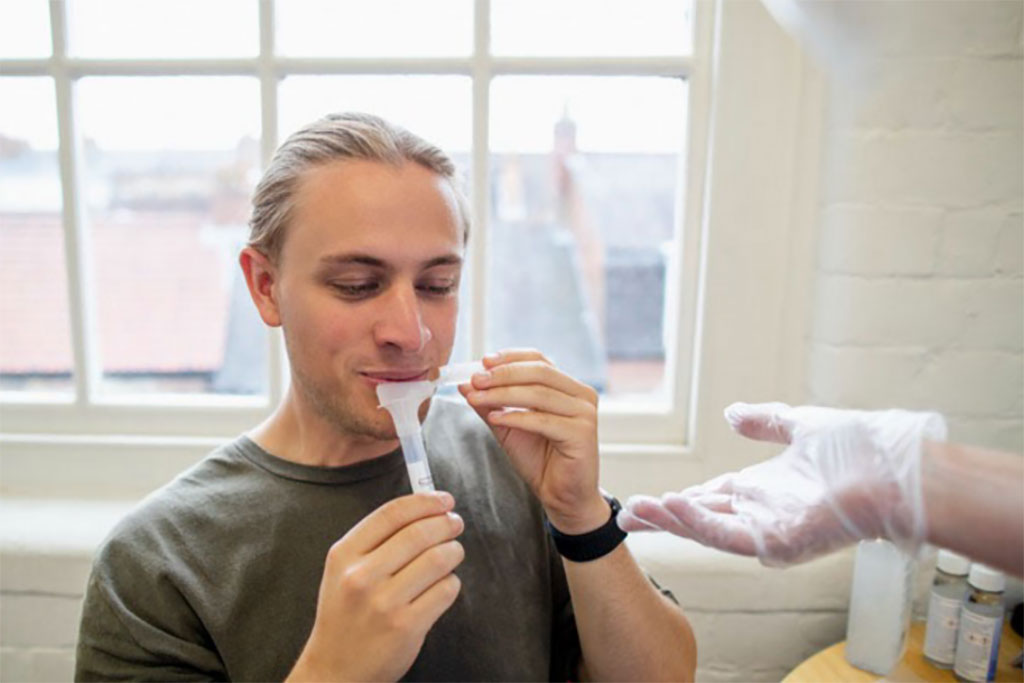Rapid POC Salivary Diagnostic Technology Shows Potential for Detecting Various Disease Biomarkers
Posted on 15 May 2023
Across the globe, approximately 3.5 billion individuals are currently afflicted by oral diseases. Numerous oral bacteria are also associated with systemic illnesses such as diabetes, heart disease, and cancer. Now, a new diagnostic tool that can be used in a dental office analyzes saliva samples to provide comprehensive information on oral health and determine the risk for cavities and gum disease and systemic diseases.
Scientists from the Forsyth Institute (Cambridge, MA, USA) have demonstrated a CRISPR-based technology that can identify specific oral pathogens in approximately half an hour. The SHERLOCK system, a CRISPR-Cas molecular diagnostic platform, can accurately pinpoint and target RNA and DNA molecules in a sequence-specific manner. This technology has been tailored to target four oral bacteria known to contribute to oral health issues, such as periodontitis (gum disease) and dental cavities. The new point-of-care diagnostic technology could revolutionize dental care and facilitate early disease detection, eliminating the discomfort, inconvenience, and expense of blood tests.

In the recent study, the researchers tested the system on three bacteria associated with a variety of conditions, including cancer, digestive diseases, cardiovascular diseases, and neurodegenerative diseases. The findings indicated the impressive adaptability of the diagnostic tool to identify any biomarker from saliva, including markers related to inflammation and cancer. Using this innovative detection method, a person could simply provide a saliva sample and receive highly precise results in a minimal amount of time. This test could be administered in a dental clinic without the need for specialized skills.
“Targeted treatments are only possible when you know which bugs are in the mouth. In any disease, we cannot begin to create effective treatments until we have diagnostics,” said Dr. Batbileg Bor, who led the study and is an Assistant Member of Staff at Forsyth. “Currently, available tests on the market are either low sensitivity or require analysis at an expensive centralized laboratory. It can take months to get the results. The studied detection tool solves both problems, featuring high-sensitivity, low-cost tests with rapid results.”
“The test is so sensitive it can detect as little as 10s of bacteria cells of a certain type from a sample that might contain around 200 species of bacteria commonly found in your mouth,” added Dr. Bor. “We were able to target and detect specific bacteria in unprocessed saliva, meaning we could get this level of sensitivity and specificity without having to additionally process the saliva sample.”
Related Links:
Forsyth Institute














